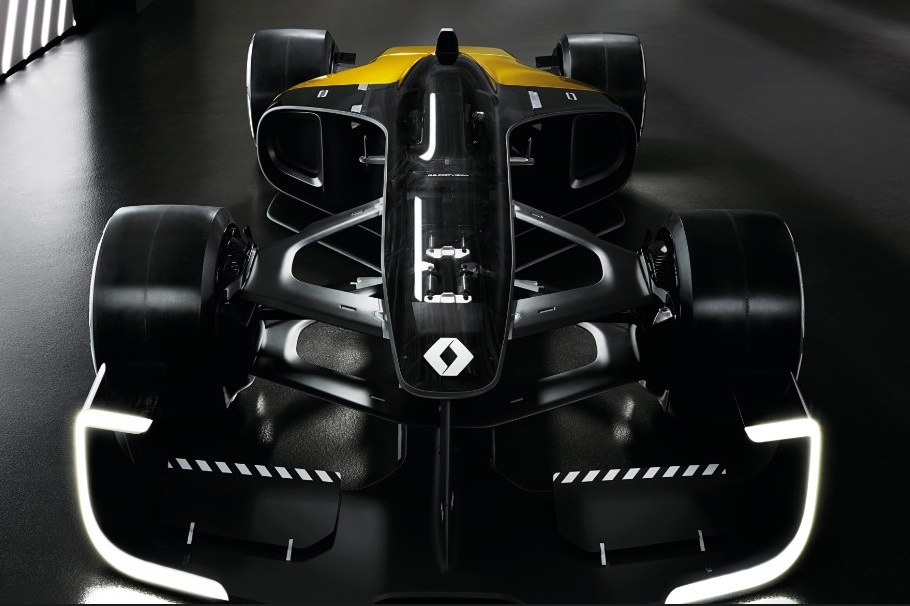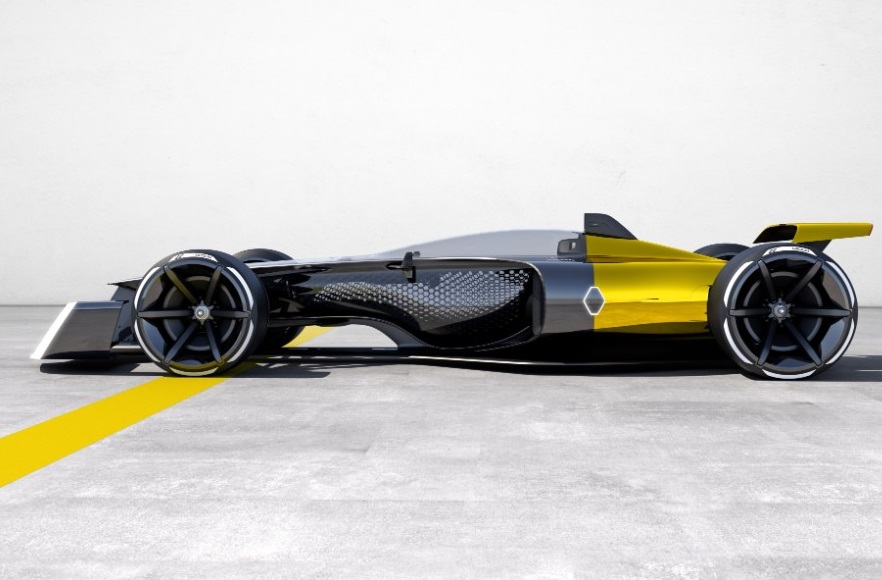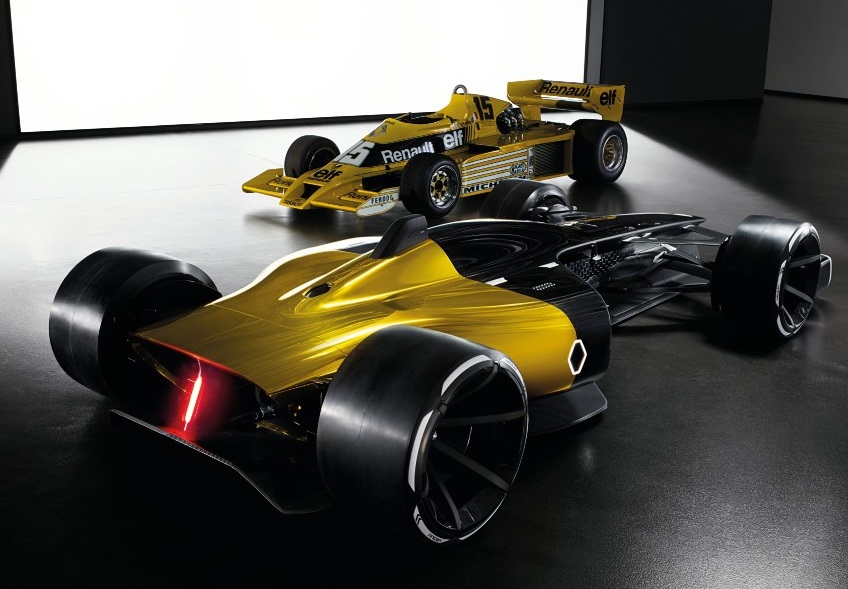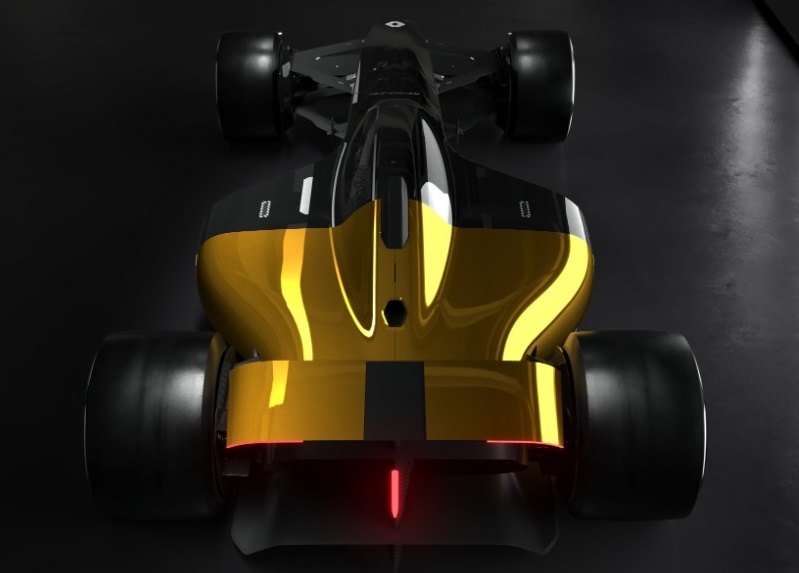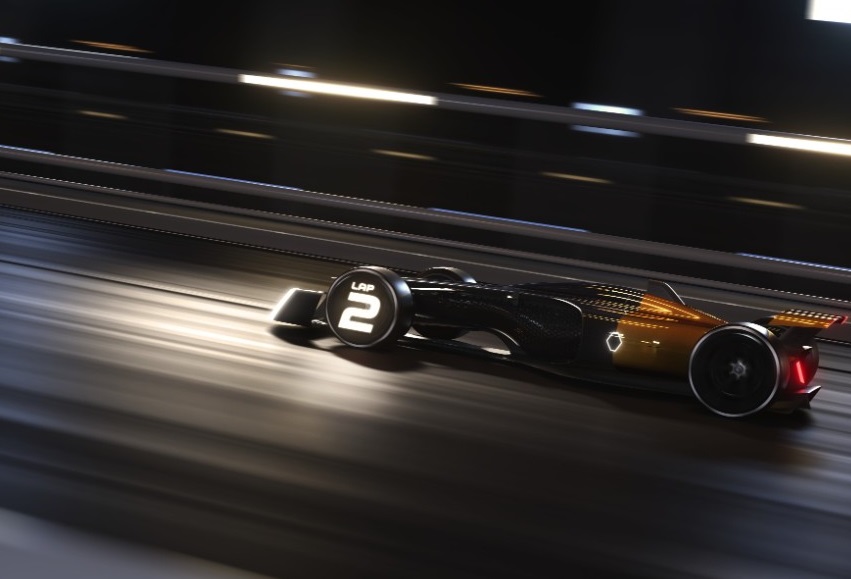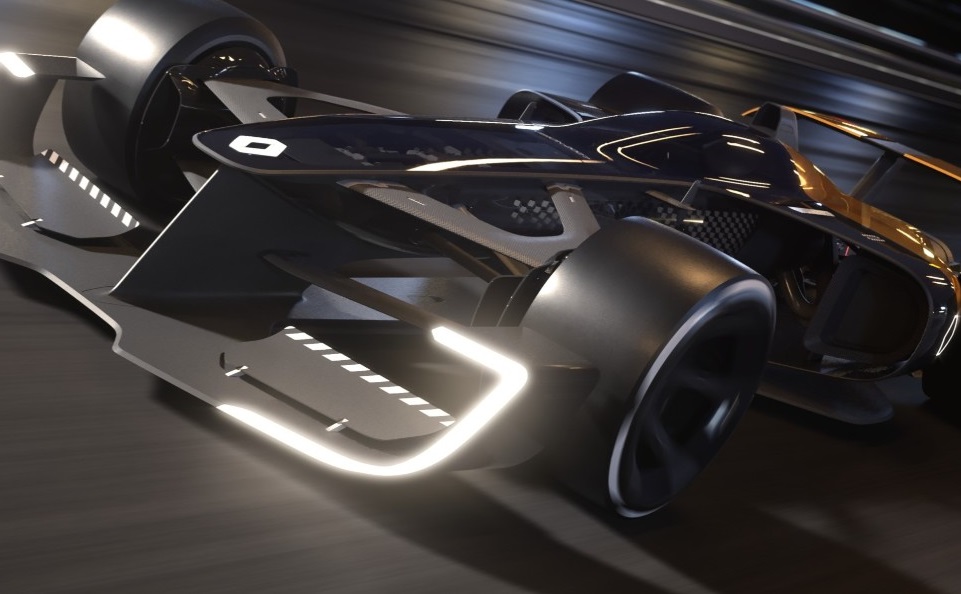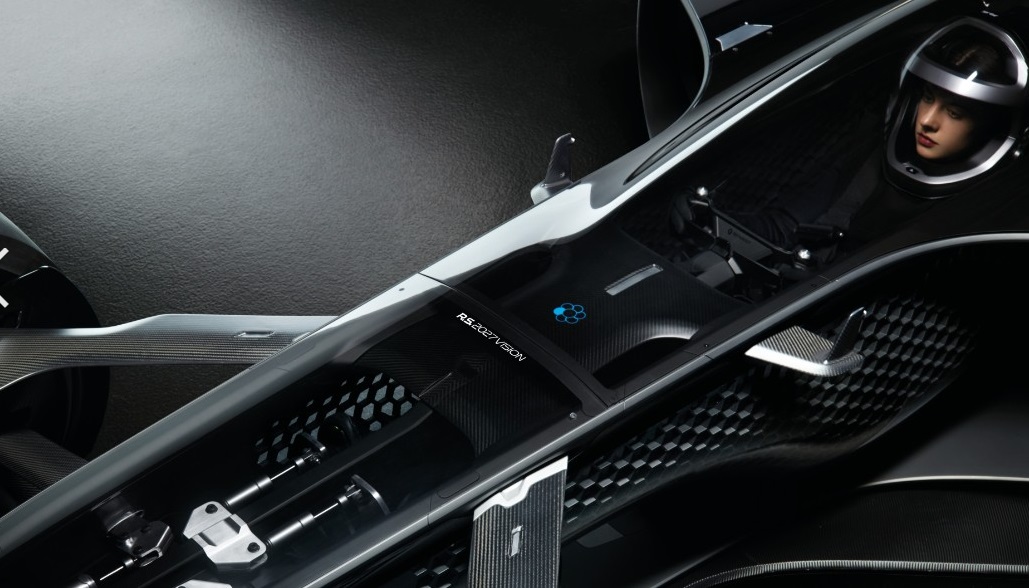To celebrate 40 years in Formula One, Renault has released its vision of racing cars in 2027--a sleeker, greener model compared to its 2017 counterpart.
Renault, whose engines has powered 12 constructor's titles since 1977, believes this design puts the driver at the heart of F1 racing while also improving the experience for fans.
Renault's iconic yellow and black livery, however, remains the same, and the engine is based on the V6 turbocharged engine used by the 1977 vehicle.
There is a display in the center of the steering wheel that shows a driver his "fan ranking' position, a number determined by spectators' response on social media. Drivers who get higher fan-approval ratings have an additonal boost of power in the closing stages of a race.
Lights on the wheel dispay a range of information such as the driver's position and the car's remaining energy reserves.
The model is also intended to be safer than current cars. It is equipped with a self-driving function that is automatically activated when potential dangrous incidents occur during a race. This enforces speed limits and prohibits overtaking as cars become congested.
Helmets are transparent to enable a closer connection between fans and drivers.


